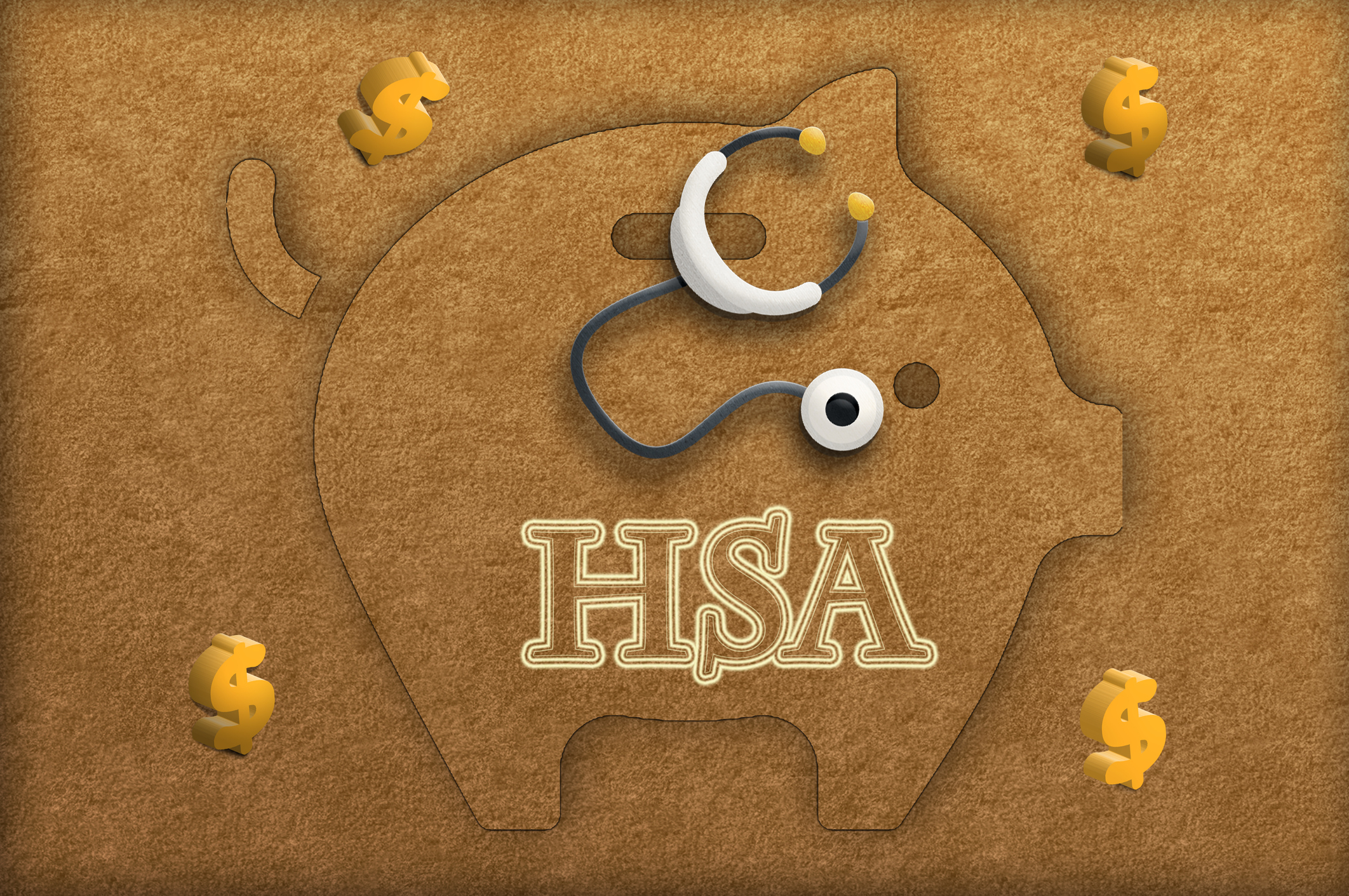Get a Tax Break By Doing Good
Can't decide which charity to give to this year? Consider a donor-advised fund.

Editor's note: This story has been updated.
With so many organizations in need of donations in this recession, you may find it difficult to decide which charities to give to this year. You don't want to rush your decision, but you don't want to let a valuable tax break slip by, either.
There is a way to get a deduction now and make your giving decision on your own timetable: a donor-advised fund. By setting up and contributing to a donor-advised fund by the end of the year, you may deduct your contribution on your 2009 tax return (as long as you itemize your deductions) and take your time deciding how to allocate your gift. (Donor-advised funds are not, however, eligible recipients of the new, temporary provision that allows seniors to direct all or part of their required minimum distribution from an IRA -- up to $100,000 -- to a charity tax-free in 2009.)
From just $107.88 $24.99 for Kiplinger Personal Finance
Become a smarter, better informed investor. Subscribe from just $107.88 $24.99, plus get up to 4 Special Issues

Sign up for Kiplinger’s Free Newsletters
Profit and prosper with the best of expert advice on investing, taxes, retirement, personal finance and more - straight to your e-mail.
Profit and prosper with the best of expert advice - straight to your e-mail.
| Row 0 - Cell 0 | 5 Ways to Check Out a Charity |
| Row 1 - Cell 0 | A Dozen Creative Donations |
| Row 2 - Cell 0 | Teaching Kids the Value of Giving |
If you sold a business, received a lump-sum pension payout, actually made money in the stock market or had any sort of windfall this year, setting up an account with a donor-advised fund now will help offset your increase in income. Then, if you find you are pinching pennies more next year -- considering that the recession is expected to drag on -- you'll already have the money set aside to make charitable donations.
Sarah Libbey, president of the Fidelity Charitable Gift fund, says that "a donor-advised fund can be a reserve account even in a down market." That is, you can contribute to a donor-advised fund in good years and have money available to give even in lean years, such as this one, or in retirement, when your income will likely decrease. "When you have a giving-account balance at the ready, you are able to plan your giving and feel more organized," Libbey says. According to Libbey, 70% of Fidelity's clients say they donate more to charity because they have a giving account.
You don't have to be a millionaire (or even close) to set up an account. Most donor-advised funds -- which are run by financial-services firms, community foundations and educational institutions -- require a minimum investment of $5,000 to $25,000, with some community-foundation-sponsored funds requiring as little as $1,000. Contributions may be in the form of cash, stocks, bonds, mutual funds, restricted stock and even real estate.
And opening an account is easy. Fidelity, which sponsors the largest national donor-advised fund, lets you open an account online. Other financial-services firms, such as Vanguard, Charles Schwab and T. Rowe Price, and some community foundations require you to mail in a form that you can download from their Web sites.
How it works. You make an irrevocable contribution of cash or appreciated assets to your donor-advised fund. The gift is tax-deductible at the time of your contribution, and you can recommend (but not require) the fund to direct donations to your designated charity at any time throughout the year. You usually get a choice of how to invest your contributions, and the value of your fund will fluctuate based on how your investments perform. Fees and expenses vary.
The benefits. You don't have to wait until you actually make a grant through the fund to get a tax benefit. For cash contributions to the fund, you may deduct the equivalent of up to 50% of your adjusted gross income; for securities you've held a year or more, you may deduct up to 30% of your AGI.
People who contribute appreciated assets to a donor-advised fund get the biggest benefit. Instead of selling stock, paying capital-gains taxes on the proceeds and then handing the cash over to a charity, you can escape the tax bill and write off the full market value of the stock, even if it is worth substantially more than you paid for it. And if you plan on giving to several organizations, it's easier to give the shares to the fund and have it dole out the cash, says Tom Carstens, a partner with Lenox Advisors, a fee-based financial-services firm in New York City.
Another benefit is that you are not required to give away a percentage of your account's assets to charity each year. However, most funds have minimum grant requirements (at least $50) each time you do make a donation.
With a donor-advised fund, you'll have a record of all your giving -- a big plus considering strict new tax rules require documentation for all charitable contributions. Your donation may be anonymous or accompanied by a letter saying that you authorized it. Also, many accounts allow more than one person to contribute and make grant recommendations, so family members may get involved.
The drawbacks. Your giving is limited to IRS-approved tax-exempt charities -- otherwise known as 501(c)(3) organizations -- so you can't make grants to, say, scholarship funds or individuals. Your investment choices within your account are usually limited. However, large accounts sometimes get more investment options. For example, if you have at least $1 million in an account with the Fidelity Charitable Gift fund, you may select outside investments.
Profit and prosper with the best of Kiplinger's advice on investing, taxes, retirement, personal finance and much more. Delivered daily. Enter your email in the box and click Sign Me Up.

Award-winning journalist, speaker, family finance expert, and author of Mom and Dad, We Need to Talk.
Cameron Huddleston wrote the daily "Kip Tips" column for Kiplinger.com. She joined Kiplinger in 2001 after graduating from American University with an MA in economic journalism.
-
 Stocks Chop as the Unemployment Rate Jumps: Stock Market Today
Stocks Chop as the Unemployment Rate Jumps: Stock Market TodayNovember job growth was stronger than expected, but sharp losses in October and a rising unemployment rate are worrying market participants.
-
 Should You Renew Your CD?
Should You Renew Your CD?With rate cuts impacting earnings, we examine if now is a wise time to renew CDs.
-
 7 Ways to Plan Now to Save on Medicare IRMAA Surcharges Later
7 Ways to Plan Now to Save on Medicare IRMAA Surcharges LaterUnderstand the critical two-year lookback period and why aggressive planning before you enroll in Medicare is the most effective way to minimize IRMAA.
-
 5 Types of Gifts the IRS Won’t Tax: Even If They’re Big
5 Types of Gifts the IRS Won’t Tax: Even If They’re BigGift Tax Several categories of gifts don’t count toward annual gift tax limits. Here's what you need to know.
-
 The 'Scrooge' Strategy: How to Turn Your Old Junk Into a Tax Deduction
The 'Scrooge' Strategy: How to Turn Your Old Junk Into a Tax DeductionTax Deductions We break down the IRS rules for non-cash charitable contributions. Plus, here's a handy checklist before you donate to charity this year.
-
 Tax Refund Alert: House GOP Predicts 'Average' $1,000 Payouts in 2026
Tax Refund Alert: House GOP Predicts 'Average' $1,000 Payouts in 2026Tax Refunds Here's how the IRS tax refund outlook for 2026 is changing and what steps you can take now to prepare.
-
 New IRS Changes to FSA Contribution Limits for 2026: What to Know
New IRS Changes to FSA Contribution Limits for 2026: What to KnowHealth Care Flexible Spending Accounts have tax advantages worth looking into, especially in light of new IRS changes.
-
 Is a New $25,000 Health Care Tax Deduction Coming in 2026?
Is a New $25,000 Health Care Tax Deduction Coming in 2026?Tax Policy A proposal from GOP Sen. Josh Hawley adds to the chatter about health care affordability.
-
 3 Ways High-Income Earners Can Maximize Their Charitable Donations in 2025
3 Ways High-Income Earners Can Maximize Their Charitable Donations in 2025Tax Deductions New charitable giving tax rules will soon lower your deduction for donations to charity — here’s what you should do now.
-
 An HSA Sounds Great for Taxes: Here’s Why It Might Not Be Right for You
An HSA Sounds Great for Taxes: Here’s Why It Might Not Be Right for YouHealth Savings Even with the promise of ‘triple tax benefits,’ a health savings account might not be the best health plan option for everyone.
-
 10 Retirement Tax Plan Moves to Make Before December 31
10 Retirement Tax Plan Moves to Make Before December 31Retirement Taxes Proactively reviewing your health coverage, RMDs and IRAs can lower retirement taxes in 2025 and 2026. Here’s how.